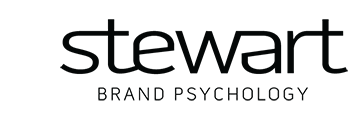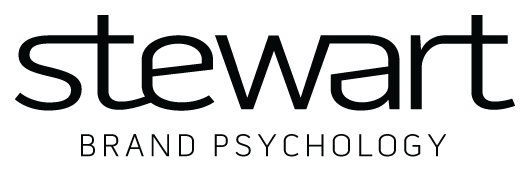http://Embed from Getty Images
Have you ever gone to switch lanes only to nearly clip another vehicle because you didn’t see it? You checked your mirrors, you turned your head left and right, but somehow missed the Honda creeping up on your right.
Darn blindspot!
Every car has one, a place where the driver of the vehicle cannot see clearly the full context and surroundings in which he or she is driving. And here’s the thing, the bigger the vehicle, the bigger the blind spot.
The same can be said for leaders and organizations.
Here’s a question for you. Do you know where your blindspots are within your organization? It takes guts and vulnerability to intentionally check your blindspots—because as the leader, you have to admit you can’t see something clearly. That you need help. And this is where many leaders fail.
Asking for help.
In my day job as the director of strategy of a brand experience firm, I was reminded of this lesson recently. This time, positively reminded.
One of our clients, the CEO of a popular and growing consumer brand in Southern California, did what few leaders do—he asked for help.
He is looking to take a growing business and accelerate the scale of its expansion. In order to do that, he has realized that he needs to start doing certain things and stop doing other things. He brought in help from many different angles, including our team, in an effort to check his blind spots and help his organization grow.
This leader also did something commendable, in a public meeting of his entire leadership team, he admitted his need for help and stated that if they are going to be successful, that they need to change and that it starts with him. He did this in an effort to encourage his leaders to embrace a similar posture, but also as a step of wise accountability. He asked his team to help him see what he cannot see from the driver’s seat. He asked for honesty.
I walked up to him after that meeting and encouraged him directly. I acknowledged what I had just witnessed and told him to keep it up. Leading with a limp is inspiring and it’s wise. It engenders loyalty and confidence and invites perspectives and insight that you wouldn’t have access to otherwise. It will make you a better leader. It will position you for success.
A fruitful and counter-intuitive approach
Human nature and insecurity will lie to you. It will whisper in your ear and say, you have to have the answers. You’re the driver! The ideas need to originate with you. You’ll lose people’s respect if you don’t have command of all the issues and have all the answers. You need control.
The opposite is actually true. You will create a strong team, garner more respect and have a better command of all the issues because you’re depending on and empowering a team of others.
You’ll see clearly no matter what size you grow to and your neck won’t hurt nearly as much!



 I’m willing to bet Budweiser gets more strategic bang for its buck, through their sponsorship of this gritty, tough, brash, rural, gutsy, no-nonsense, American rebel.
I’m willing to bet Budweiser gets more strategic bang for its buck, through their sponsorship of this gritty, tough, brash, rural, gutsy, no-nonsense, American rebel.